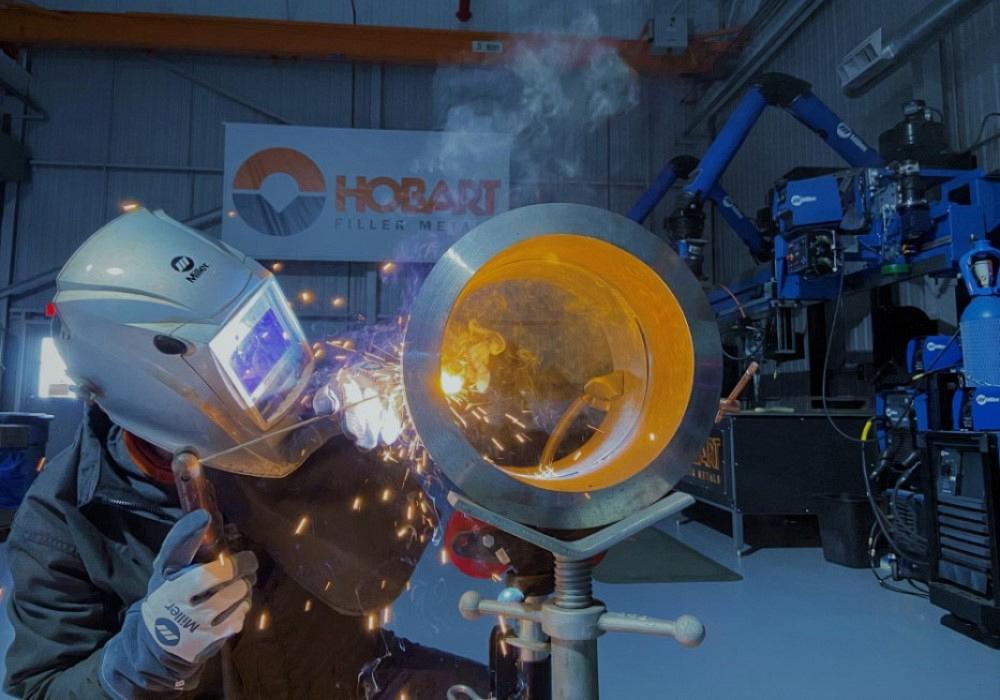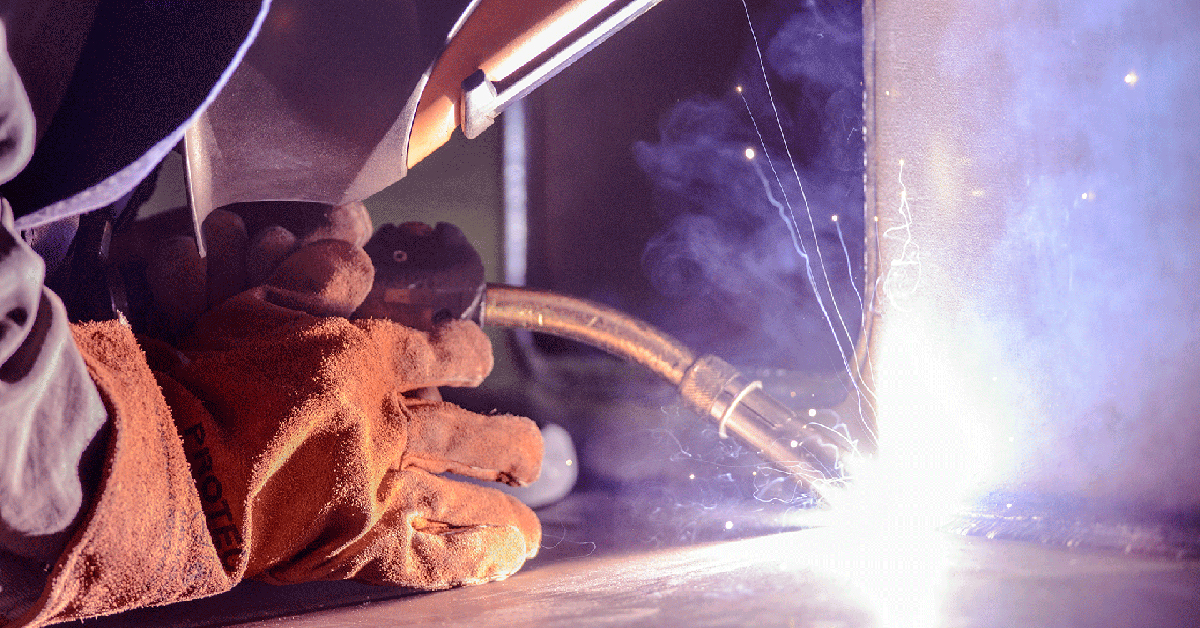Ideal Practices for Preventing Weld Undercut: Grasping the Basics
Ideal Practices for Preventing Weld Undercut: Grasping the Basics
Blog Article
Understanding the Causes and Solutions for Undercut Welding in Metal Construction Processes
In the realm of metal fabrication processes, the occurrence of undercut welding positions a significant challenge that requires a comprehensive understanding of its reasons and sensible remedies. The detailed interaction of numerous aspects during welding operations can lead to this unwanted sensation, affecting the structural honesty and total high quality of the welded joints - Preventing weld undercut. By studying the origin of undercut welding and discovering efficient restorative steps, fabricators can boost the requirement of their workmanship and ensure the manufacturing of flawless steel parts
Typical Root Causes Of Undercut Welding
Regularly ignored in metal manufacture, undercut welding happens due to numerous aspects that demand meticulous focus and experience to be properly reduced. One usual root cause of undercut welding is excessive warm input. When the heat input is too expensive, it can cause the melting and succeeding erosion of the base product along the edges of the weld joint, developing a groove or undercut. Furthermore, inappropriate welding methods, such as making use of the wrong welding angle or travel rate, can likewise contribute to damage formation. Insufficient protecting gas protection is one more key aspect that can lead to damaging. Not enough gas protection falls short to safeguard the weld swimming pool sufficiently, resulting in oxidation and undercut defects. The choice of welding specifications, such as voltage, existing, and cord feed speed, plays a considerable duty in the event of undercut welding. Understanding these typical reasons is critical for executing preventative actions and guaranteeing top notch welds in steel fabrication processes.
Impact of Incorrect Welding Parameters
Inaccurate welding parameters can significantly compromise the honesty and top quality of bonded joints in steel construction processes. The effect of wrong welding specifications manifests in different methods, leading to architectural weak points and problems in the bonded parts. One crucial aspect affected by improper welding criteria is the infiltration depth of the weld. Insufficient warmth input because of low welding currents or excessively high traveling speeds can result in poor combination in between the base metals, bring about insufficient joint penetration and damaged bonds. On the other hand, extreme heat input triggered by high welding currents or sluggish traveling speeds can lead to burn-through and excessive reinforcement, developing a breakable and unstable weld framework. Additionally, wrong specifications such as inappropriate voltage settings or wrong electrode angles can add to erratic weld grain profiles, absence of fusion, and boosted chances of flaws like undercutting. As a result, thorough focus to welding specifications is extremely important to guarantee the manufacturing of premium welds with the wanted mechanical buildings and structural stability.
Result of Improper Lantern Angle
Incorrect torch angle in welding operations can considerably impact the quality and honesty of the last weld joints in metal fabrication procedures. Damaging is a common welding defect where a groove creates along the weld toe, deteriorating the joint and jeopardizing its structural honesty.
A torch angle that is too high can cause inadequate penetration, insufficient blend, and boosted spatter. On the other hand, a torch angle that is also shallow can result in too much penetration, burn-through, and distortion of the Extra resources base material. Preventing weld undercut. Proper lantern angle is vital for guaranteeing consistent weld top quality, stamina, and appearance
To protect against undercutting and various other flaws brought on by inappropriate torch angles, welders have to be educated to web link preserve the correct lantern angle throughout the welding process. Normal monitoring and change of torch angles throughout welding can help attain sound welds with marginal problems.
Duty of Inadequate Welding Methods

Another aspect of poor welding strategies is inappropriate weld prep work. Insufficient cleaning of the base metals, incorrect joint layout, or not enough side preparation can all contribute to undercut welding. Moreover, poor protecting gas protection or using the wrong kind of gas can cause insufficient combination and the formation of undercut issues.
To resolve the function of insufficient welding methods in metal fabrication procedures, it is vital to supply extensive training for welders. Correct education and learning on welding parameters, joint prep work, and protecting gas option can assist avoid undercut welding and ensure high-grade welds in metal fabrication jobs.
Effective Solutions for Undercut Welding
Resolving undercut welding in metal manufacture needs implementing efficient solutions to improve weld quality and architectural integrity. Among the primary options to combat undercut is to change welding criteria such as voltage, present, and take a trip speed to make sure proper warm input and blend. By fine-tuning these settings, welders can stop excessive melting of the base metal and filler product, reducing the probability of undercut development.
Additionally, appropriate joint prep work is essential in protecting against undercut. Ensuring clean base steel surface areas totally free of pollutants and making use of the appropriate bevel angle can assist advertise far better weld penetration and minimize the threat of undercut - Preventing weld undercut. Employing suitable welding methods, such as oscillating the lantern or weaving, can also help check in dispersing warmth equally and filling the weld joint effectively, decreasing the opportunity of undercut defects
Additionally, choosing the right welding consumables, consisting of electrodes and filler steels, is necessary in alleviating undercut. Utilizing products with appropriate chemical make-ups and mechanical residential or commercial properties can add to accomplishing sound welds with minimal undercut. Normal inspection and quality assurance actions ought to additionally be applied to find and attend to undercut concerns without delay, making certain the overall honesty of made metal elements.

Verdict
Finally, recognizing the reasons and options for undercut welding in metal fabrication procedures is critical for achieving high-grade welds. By attending to usual reasons such as wrong welding parameters, inappropriate lantern angle, and insufficient welding techniques, welders can avoid undercutting and ensure solid, durable welds. It is crucial to take note of these aspects and execute effective remedies to enhance the overall welding procedure and last product quality.

Report this page